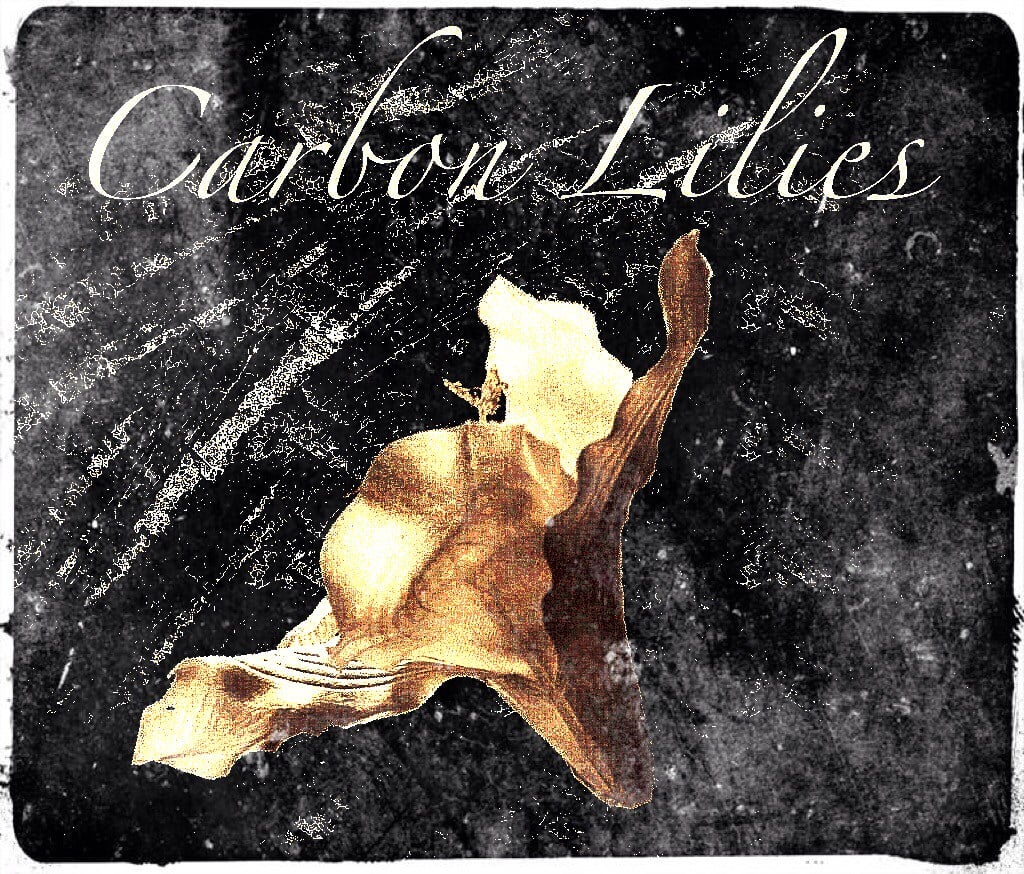Researched by LANA CARBON
NOVEMBER 9TH, 2019
[Lana] While we didn’t get to personally visit all of these unique land formations in person, the ones that we did manage to find our way to, were incredible:
The roaring waters at Kakabeka Falls were breathtaking from a close range, which personally surprised me that they allowed on-lookers to approach so closely;
We only went as high as the platform on Mt. McKay and, even from that vantage point, we could see everything in Thunder Bay without the need to continue climbing any higher;
Of course, the Sleeping Giant was ever present, seen from any position in the city with even a modicum of height and view of Lake Superior. It is no wonder that the Indigenous communities have held such deeply felt legends of these wondrous places.
Nanabijou – The Sleeping Giant, as quoted directly from Northern Ontario Travel
“Visible from many places in Thunder Bay, the Sleeping Giant is the city's most well-known natural wonder. The landmass itself is an Ontario Park with hundreds of kilometres of hiking trails and campsites to enjoy.
Thousands of locals and visitors alike marvel at the wonder of the Sleeping Giant each year, but what is the legend surrounding this Giant?
The legend goes as follows...
Standing on the shores of Thunder Bay at the head of the great Lake Superior, one can perceive, on looking out across the waters of Thunder Bay, a great land formation situated directly in the mouth of the Bay.
It requires no imagination whatever to see that this form resembles the sleeping body of a giant, arms folded across his massive chest as in the majesty of death.
Mystery and legend surround the origin of this strange phenomenon of nature and down through the ages the following story seems to have survived.
On an island just outside Thunder Bay, now known as "Isle Royale," once lived a great tribe of Ojibway Natives.
Because of their loyalty to their Gods, and their peaceful and industrious mode of living, Nanabijou, the Spirit of the Deep Sea Water, decided to reward them.
One day he called their Chief to his great Thunder Temple on the mountain and warned him that if he told the secret to the white man, that he, Nanabijou would be turned to stone and the Ojibway tribe perish.
The Chief gave his promise, and Nanabijou told him of the rich silver mine, now known as "Silver Islet." The Great Spirit told him to go to the highest point on Thunder Cape, and here he would find the entrance to a tunnel that would lead him to the centre of the mine.
Apparently the Chief and his people found the mine, for the Ojibway became famous for their beautiful silver ornaments. So beautiful indeed were they, that the Sioux warriors on seeing them upon their wounded enemies, strove to wrest their secret from them.
However, torture and even death failed to make the gallant Ojibway divulge their secret and the Sioux chieftains had to devise another scheme to find the source of the Ojibway silver.
One day they summoned their most cunning scout to a pow-wow and a plan was formed. The scout was to enter the Ojibway camp disguised as one of them. This he did and in a few days succeeded in learning the secret of the island of silver.
Going to the mine at night he took several large pieces of the precious metal in order to prove to his chieftain that he had fulfilled his mission.
The scout however never returned to his camp, for on his way back he stopped at a white traders post to purchase some food. Having no furs or money with which to pay for the goods, he used a piece of the silver.
Upon seeing such a large piece of the gleaming metal, two white men sought to obtain the whereabouts of its source, in order to make themselves fabulously rich. After filling the Sioux scout with liquor they persuaded him to show them the way to the mine.
When almost in sight of "Silver Islet" a terrific storm broke over the Cape. The white men were drowned and the Native was found in a crazed condition floating aimlessly in his canoe, but the most extraordinary thing that had happened during the storm, was that where once was a wide opening to the bay, now lay what appeared to be a great sleeping figure of a man. The Great Spirit's warning had been fulfilled and he had been turned to stone.
On a little island at the foot of the Sleeping Giant, can still be seen the partly submerged shafts of what was once the richest silver mine in the northwest. White men have tried again and again to pump out the water that keeps flooding it from Lake Superior but without success. Is it still under the curse of Nanabijou, Spirit of the Deep Sea Water... perhaps... who can tell?
There are numerous versions of the Legend of the Sleeping Giant and one is not necessarily more valid than another. This particular one was published in a booklet entitled Tales of The Tom Tom, written probably in the 1950s or 1960s, by Hubert Limbrick, a former Fort William City Councillor (1951-58 and '60-65).”
[Lana] John is eager to spend some time actually setting foot on Sleeping Giant, hiking some of the many trails. It looks like we will be having another visit in the not too distant future.






















